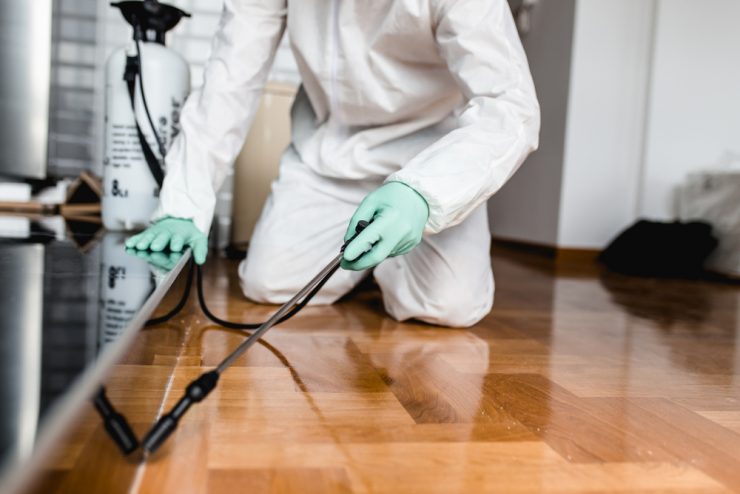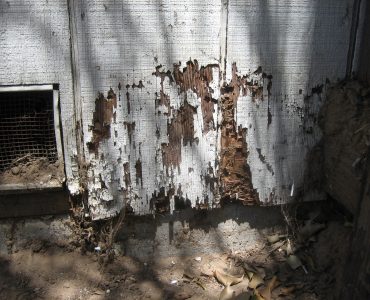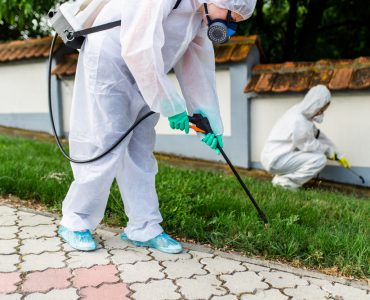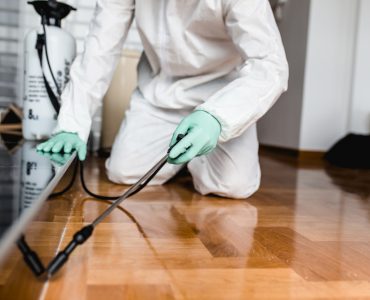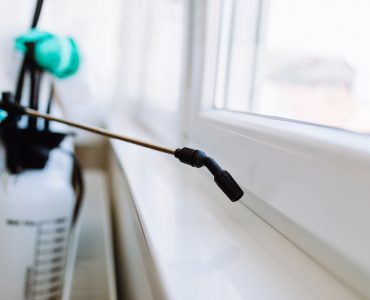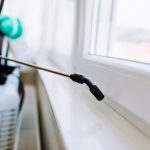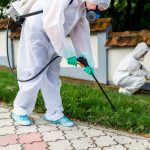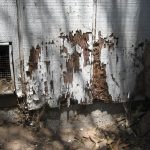Termites cause billions of dollars in terms of the damage they cause for public buildings on a yearly basis, so owners of properties spend a lot of funds on treatments and inspections.
Are termites a source of concern to you? If so there’s a way out of the mess.
Here you’ll learn about termite exterminator treatments and inspections of public building as well as prevention measures to protect your building.
To ensure the effectiveness of termite exterminator treatments, it is necessary to conduct a thorough inspection of the public building. The essence is to fix any identified structural issues within the foundations and surroundings within the property.
So, the first step in the treatment of termite is to identify the problem source and also determine the type of termites involved. There are three main types of termites in the United States and they include:
- Subterranean termites can be found in the home and under the ground.
- Dampwood termites can be found outdoors and around the house perimeter because they only feast on moist wood.
- Drywood termites eat any wood that’s dry. They live in cold climates and fly in swarms.
There are often obvious signs of termite infestation in public buildings and these can be identified when an inspection is conducted. Some of these signs include little holes in walls or the frames of windows and doors, skeleton remnants of termites, and wood shavings. However, termite infestation is usually extreme by the time any evidence of it becomes noticeable.
Exterminating the termites can be achieved by using some methods highlighted below:
Baits:
These are materials, wood, cardboard, or products containing cellulose which are soaked in a pesticide as a trap for termites. The bait system is an approach to entice termites off the property using a control agent to kill the colony. The baits are placed in specific places and the method is used to treat a building with a moderate termite infestation.
Repellents:
You may use chemical substances to deter termites from penetrating a specific area. It would prevent termites from invading any region in your home’s surroundings.
Termiticides:
Another option is the use of chemicals by directly applying it into termite nests as a preventive measure and treatment against the infestation of termites. It may be applied all over the house perimeter and at all the likely termite points of entry. It stops termites from gaining entrance and those inside the building die of dehydration.
Fumigation:
This treatment becomes essential when drywood termites are involved because they live within walls, in the attic, and even your furniture. There are specific fumigants that can infiltrate all the wood surfaces to kill them.
To ensure termites exterminators and inspection in public buildings are effective, professional help is necessary. It’s often hard to completely eliminate termites without a thorough, careful and consistent treatment.
Pest professionals make use of different treatment methods to eradicate termites from public buildings.
During the treatment of public buildings, ensure that exposed surfaces in the surrounding areas are covered with metal material or a sealant.
Repair openings that could give termites entry into the structure by filling cracks in foundations and walls with caulk or cement.
Regularly carry out inspections in public buildings to eliminate termite colonies.
Termite infestations are harmful and cause structural damage to public buildings so it’s important to have a proactive approach to control it.


